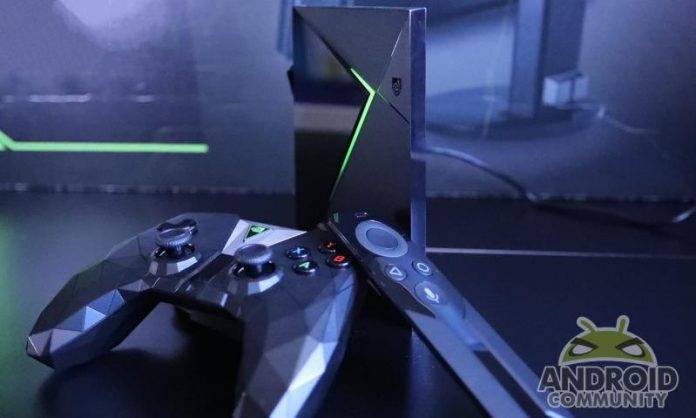
NVIDIA made a rather bold and somewhat risky move at CES 2017 earlier this month. It unveiled an upgrade NVIDIA SHIELD Android TV system that, in most ways, doesn’t really upgrading. It looks different and sounds different, but break it apart and it will look almost exactly like the older NVIDIA SHIELD. But with sleight of hand, flowery words, and smoke and mirrors, NVIDIA has made its new SHIELD perhaps this most exciting non-smartphone Android device of late. So what has changed and what has remained the same? We take a deep dive to find out.
Same old, same old
At first glance, the new NVIDIA SHIELD does look a tad different. It is slicker, slimmer, more compact. It is at once both less conspicuous because of its reduced footprint but also just as attention-grabbing thanks to its design that shouts “I’m no Roku!” But, as they say, looks can be misleading, and that is pretty much the case here.
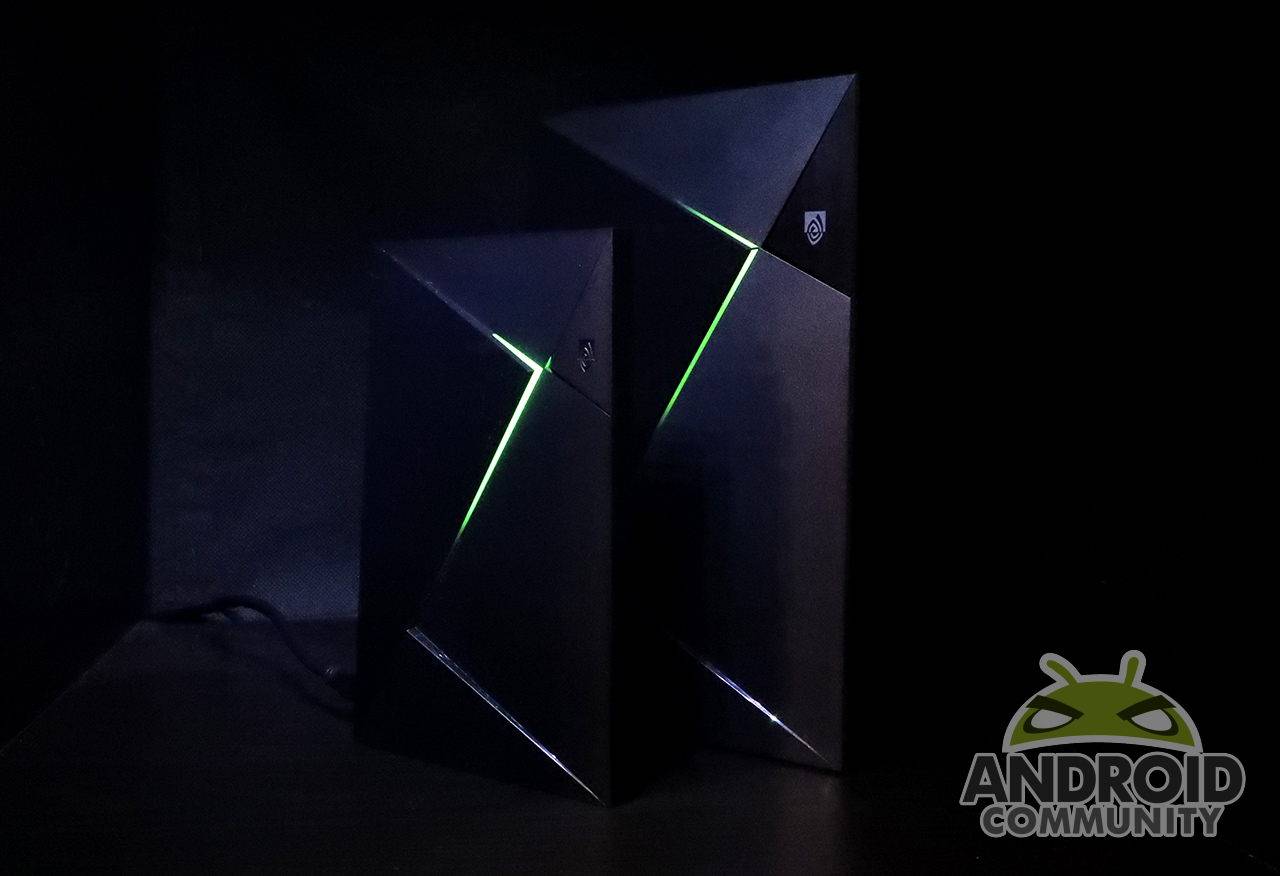
Inside, it’s the same powerful NVIDIA Tegra X1, assisted by 3, and only 3, GB of RAM. That might sound disappointing compared to the fast-paced upgrades to mobile technology in smartphones, but, to be fair, the Tegra X1 is still pretty much unchallenged for what it does: crunching numbers and pushing out pixels. The new SHIELD even has the same number of ports as the old one, like HDMI and Gigabit Ethernet, with a single exception. Gone is the microSD card slot, which dashes semi-permament storage expansion. Of course, you’re completely free to use any or both of the two full-sized USB 3.0 ports for storage.
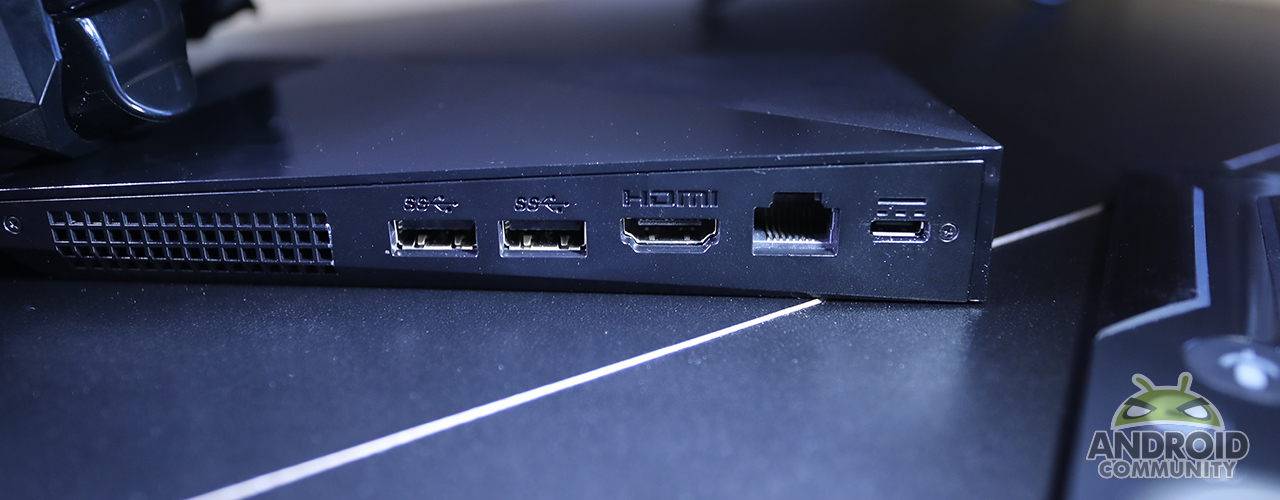
What this means, in practice, is that the proven track record of the first gen NVIDIA SHIELD, is reproduced here. No, or very little, new and experimental hardware that opens the door for potential bugs and breakage. It also means that NVIDIA won’t have a horde of angry and jealous SHIELD owners over what should have been a true next gen device. But if the new NVIDIA SHIELD isn’t that different from the old NVIDIA SHIELD, what’s the point in putting out one. It turns out, the new SHIELD’s true value isn’t found in the box itself but in the peripherals that come with it.
Power in your hands
While the changes to the SHIELD itself has been mostly cosmetic, the changes to the SHIELD Controller and the SHIELD Remote are more substantial but also, to some extent, aesthetic. The Remote, for example, carries a bit more bulk now, but that’s because it swapped out its built-in rechargeable battery for two Panasonic CR 2302 ones. NVIDIA promises that it will last a year before needing replacement. The new remote sadly also ditches the headphone jack, almost like some smartphones. In exchange, however, it puts an IR blaster inside.

That is something that the remote shares with the SHIELD Controller. A gamepad that has an IR blaster? Why, yes, yes it has. Both the Remote and the Controller are meant to manipulate TVs, entertainment systems, and other devices connected to or nearby the SHIELD. You know, those old things that still use Infrared. But that’s not the only trick that the new Controller knows. It has dual vibration feedback that takes it closer to console and PC gaming, a headphone jack (yes, that is where it’s located now), and, most importantly, a dedicated button for staring a voice search using Google Assistant. Yes, Google Assistant in your streaming/gaming box. We’ll let that sink in for a while.
Design-wise, the new SHIELD Controller is easy to distinguish from its predecessor, even if you missed the fact that it’s smaller. The younger gamepad sports a faceted facade that might call to mind the aesthetics applied generously throughout the new Deus Ex franchise. It serves the dual purpose of being eye-catching as well as a better grip compared to the smoother, slippery surface of the first gen controller.

Given their upgraded features, you might think setting them up is going to be a pain. You might actually be right, because NVIDIA has taken it upon itself to do that for you. The NVIDIA SHIELD ships with a Controller and a Remote in the box and both are already pre-paired with the device. If you happen to have broken their pairing sometime afterward, you’ll have to go through the process on your own. And, yes, the SHIELD finally ships with the Remote, no questions asked.
Google in every corner
Let’s be honest, the new NVIDIA SHIELD’s biggest new feature is its embrace of the new-fangled AI movement. That’s not exactly surprising. Everyone’s getting into AI anyway. NVIDIA itself is on that bandwagon, at least as far as AI inside cars are concerned. What is surprising, however, is that it has chosen to adopt Google Assistant for the NVIDIA SHIELD. If you were disappointed that the Google Home didn’t have video output or high-quality speakers, then this is your way out. Wanted a Google Home with a bent towards entertainment? You’ve got it! Of course, NVIDIA is directing the audience’s attention to searching for games, actors, and films, but Assistant is a lot more capable than that. And, in case you were wondering, the new NVIDIA SHIELD integrates the functionality of Chromecast so you can still use it in tandem with a Google Home, in case you already own one.
But that’s not its only smart home talent either. The new SHIELD prides itself as being the only streaming box that integrates Samsung’s SmartThings platform. So in addition to whatever smart appliances already talk directly with Google Home, the SHIELD can also talk to devices that speak ZigBee or Z-Wave. This makes the SHIELD more than just an entertainment hub but also a smart home hub.

But wait, yes, there’s more! You might be thinking that, unlike the Google Home, the NVIDIA SHIELD has to be tethered to the TV. As it turns out, NVIDIA has thought of that as well. It has also announced the NVIDIA SPOT, a speaker/mic contraption that extends the SHIELD’s reach to any part of the house. To some extent, the SHIELD is an even more pervasive Google Home than Google Home.
NVIDIA does note that Google Home capabilities, which includes the voice-activated Google Assistant, will still be coming at a later update, a pattern that you’ll notice later as well.
Entertainment to the extreme
At the end of the day, however, even with all the add-ons, the NVIDIA SHIELD is, first and foremost, an entertainment device, and NVIDIA didn’t let all the fancy AI distract it from that. The new SHIELD boasts of all the best buzzwords in the video and gaming market:
• 4K HDR, particularly for video streaming, at least for services and games that support that format
• No holds barred native Android gaming courtesy of the Tegra X1
• NVIDIA GameStream for taking PC, especially Steam, games on your PC and enjoying them on a bigger, “lean back” screen, complete with the vibration and haptic feedback you’d expect from console or PC games
• NVIDIA GeForce NOW for streaming AAA games from NVIDIA’s growing selection without having to install anything on your PC or SHIELD (other than the GeForce NOW app)

All of these drool-worthy features are naturally dependent on the availability of content and content sources. The SHIELD already supports 4K content from Vudu, Netflix, and, surprisingly enough, Amazon Video even before Amazon’s own Fire TV gets such a feature. 4K Google Play Movies, however, are still coming to the SHIELD. For GeForce NOW games, on the other hand, are limited to those supported by NVIDIA, which is a regularly expanding list. Coming soon,NVIDIA promises, is integration with Ubisoft’s Uplay platform and, therefore, hit titles like Assassin’s Creed.
Old dog, new tricks
So, in a nutshell, the new NVIDIA SHIELD promises to be the best of all worlds, not only in living room and PC gaming but also in smart home management. You know what’s the second best? The older NVIDIA SHIELD! Here’s the odd part about NVIDIA’s strategy. All those software features, like Google Home integration, updated apps, and new GeForce NOW, will also be made available to the original SHIELD. New accessories are also promised to work with the first SHIELD streamer. When that will happen is still unknown and NVIDIA could still change its mind. It will, however, face an angry horde if it does so.
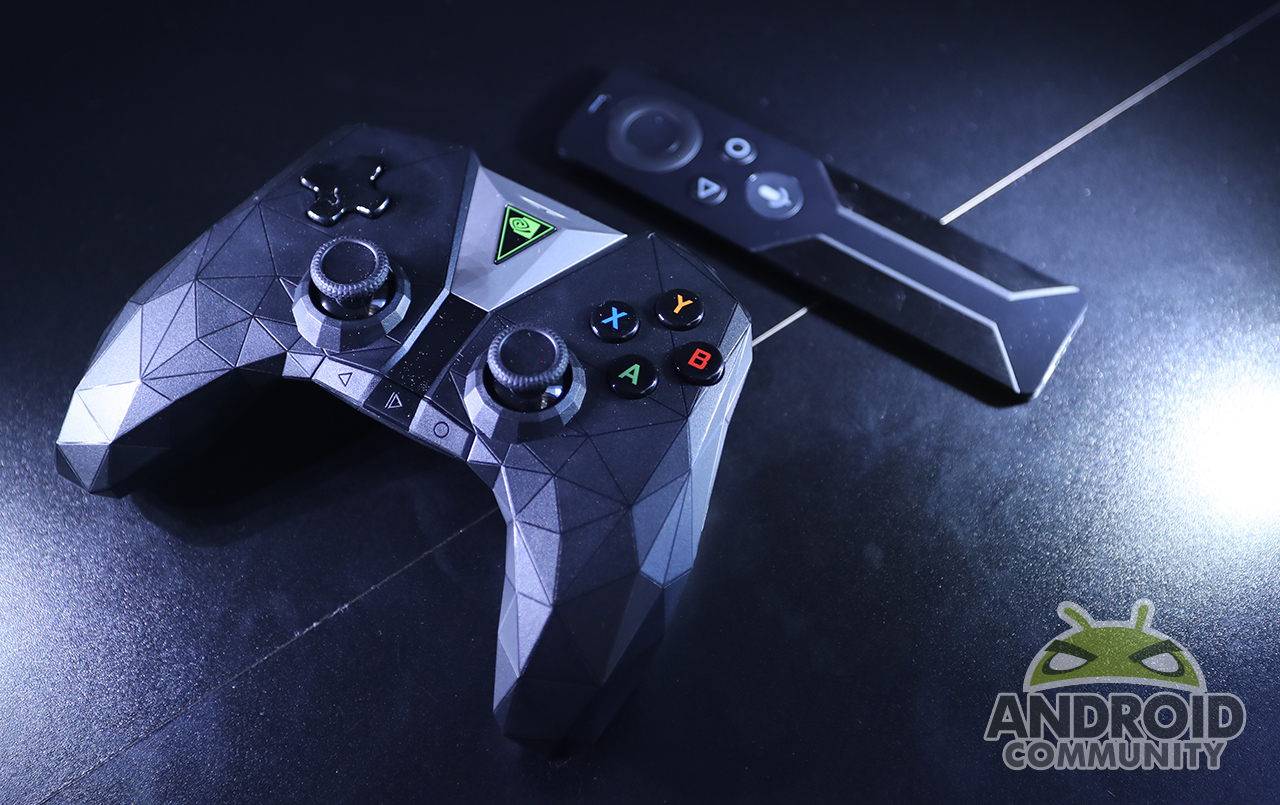
NVIDIA’s strategy with the new SHIELD defies conventional business logic that quickly deprecates an older generation or, at the very least, sets a hard line between two generations. There’s very little of that here and the boundaries between first and second gen boxes are very blurred. Still, it works for consumers who actually have a clear but small upgrade path to take. And, in the end, NVIDIA wins from sales of new boxes, sales of new accessories, increased use of services, or all of the above.
Wrap-up
With the new SHIELD, NVIDIA has made an almost irresistible proposition that you wouldn’t expect from the company. In fact, it’s something you’d expect more from a next gen Nexus Player, which would have probably ended up being a disappointment. The NVIDIA SHIELD, in a nutshell, combines an already tried and true entertainment and gaming experience with a still nascent smart home setup. You may not subscribe to the entire Google Assistant school of thought or you might not fancy yourself as a gamer, but having both in one device means you won’t have to choose one or the other.
Even better, you won’t have to choose at all, if you already have the original SHIELD. Want to take advantage of the upcoming Google Assistant feature? Just buy the new Controller. Or don’t buy anything at all if you already have the mic-enabled old remote. Don’t care for all that? Don’t buy anything and just enjoy the update 4K experience that has already been rolled out before via a software update. You might not even want to upgrade to a new NVIDIA SHIELD at all if a microSD card slot is important to you. That’s perfectly fine, too. Either way, you win, and so does NVIDIA.
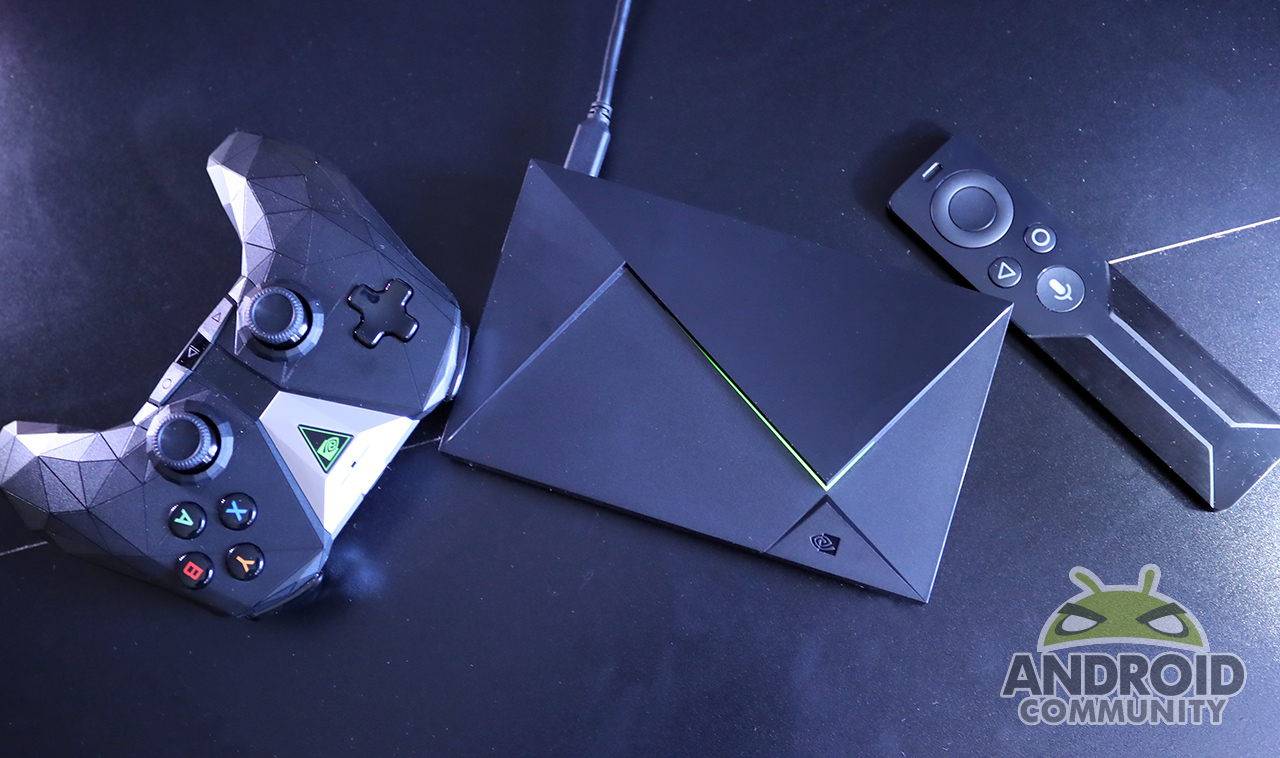
The NVIDIA SHIELD is already on pre-order and will soon ship in the US, Canada, and select European markets. Like before, there are two storage options available, with a standard 16 GB configuration for $199.99 and a 500 GB “Pro” model for $299.99. While the new SHIELD Controller and Remote ship with the SHIELD, they can also be purchased separately. The new SHIELD Controller goes for $59.99 while a separate Remote that comes with an internal rechargeable battery and headphone jack, a.k.a. the old SHIELD Remote, costs $49.99.









